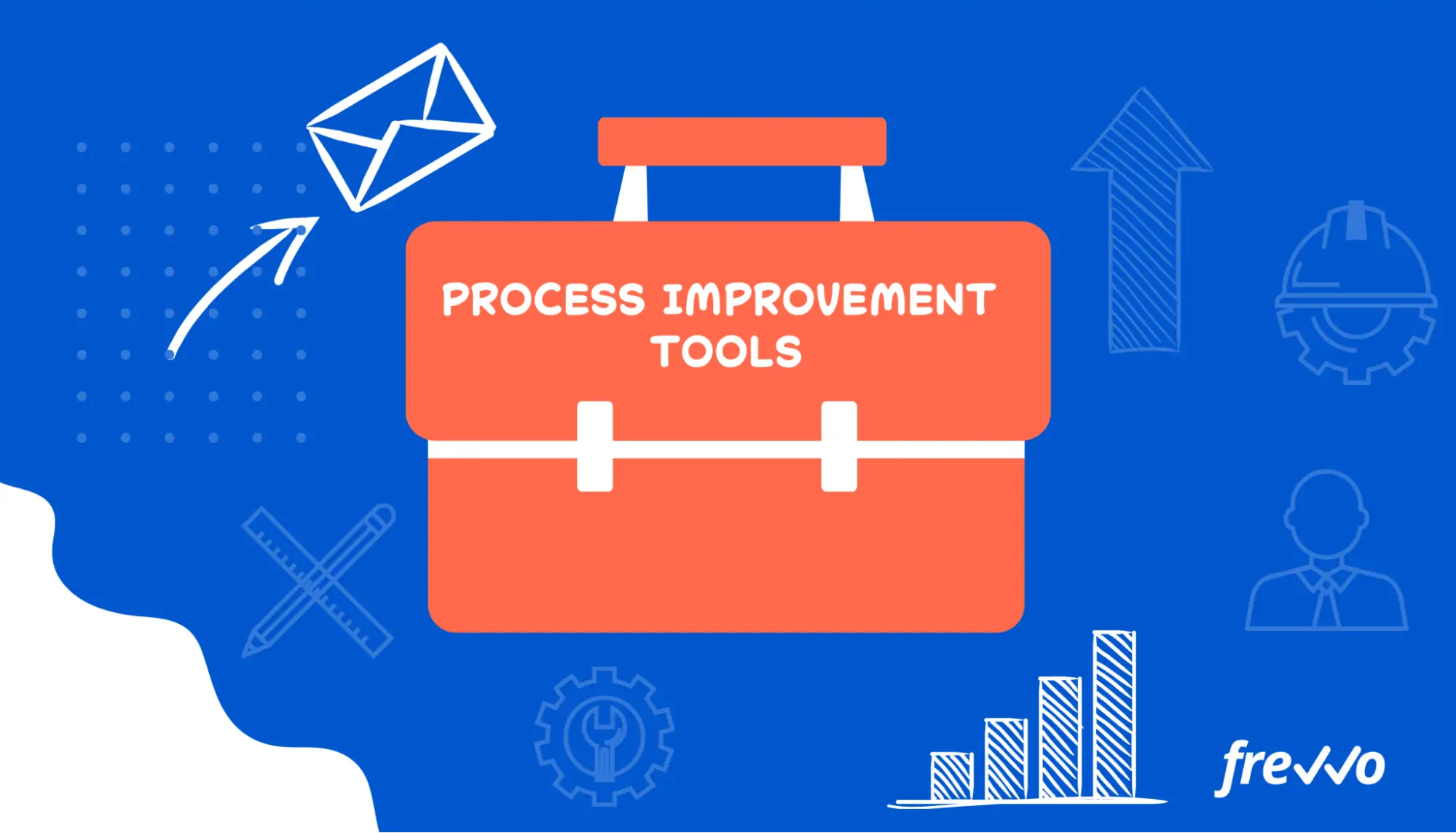
Selecting Business Process Improvement Software: What You Need to Know
In today’s fast-paced business world, it’s crucial for companies to always look for ways to enhance their operations. One effective method is utilizing technology through business process improvement (BPI) software. These tools help streamline processes, boost efficiency, and increase productivity.
Given the abundance of options in the market, selecting the right business process improvement software can seem overwhelming. It’s essential to understand what factors to consider. This article will walk you through the selection process and provide the information to make a well-informed choice.
Clarifying Your Objectives
Before choosing BPI software, clearly outlining your objectives and goals is crucial. Take a moment to assess the enhancements you aim to make in your business processes. Whether they involve reducing processing times, minimizing mistakes, or optimizing resource utilization, your goals will act as a guide when evaluating software solutions.
Understanding Your Current Processes
To pinpoint areas that require improvement, understanding your existing processes is essential. Map out all the steps involved in carrying out tasks or projects within your organization. To improve efficiency in your operations, focus on identifying areas with bottlenecks, errors, or unnecessary steps that could benefit from streamlining or automation using BPI software.
Features and Capabilities
Once you have an idea of where enhancements are needed in your workflows, it’s essential to explore the features and capabilities provided by various BPI software solutions. Seek out features like tools for visualizing processes, customization options to meet needs and industry standards, robust analytics for monitoring performance and generating reports, integration capabilities with existing systems such as ERP or CRM, and user-friendly interfaces for seamless adoption by teams.
Integration with Current Systems
Assessing how well the BPI software aligns with your current technology environment is vital. Check if the software can easily integrate with your existing systems, like ERP or CRM. APIs (Application Programming Interfaces) are crucial for enabling data exchange between platforms, so opt for BPI software that offers well-documented APIs or connectors for efficient integration.
Scalability and Flexibility
As your company expands and changes over time, your BPI software must grow and adjust accordingly. Seek out solutions that can handle increased workloads while maintaining performance and features. Scalable BPI software enables business development and improve processes as businesses expand their reach and operations.
Usability and User Experience
The key to the success of any software implementation lies in its ease of use and how well end users embrace it. The simpler it is for employees to adapt to tools, the greater the likelihood of successful implementation and adoption within the organization.
Look for BPI software that offers a user-friendly interface, thorough training materials, documentation, and support services. Before making a final decision, conduct demonstrations or trials of shortlisted options with a group of users within your organization to gather feedback on ease of use.
Vendor Reputation and Support
When investing in any solution, evaluating the reputation of vendors offering the product is crucial. Examine their track record, operation duration, client base across industries, and user customer reviews or testimonials.
Consider vendors open to provide references that you can contact directly for insights into their experiences working with the vendor. Remember to ask about the customer support options; technical assistance is vital for resolving any issues that may arise during the implementation or adoption phases.
Criteria for Evaluation
Now that you know what to look for in BPI software, it’s time to assemble an evaluation checklist. This checklist will help you objectively compare solutions based on how they align with your organization’s needs and priorities.
Include criteria like the features you’re looking for, integration capabilities, scalability, user-friendliness, vendor reputation, support services, pricing structures, and any specific requirements unique to your industry or organization.
Requesting Demonstrations and Trials
Once you’ve narrowed down your choices of BPI software based on your evaluation checklist, contact the vendors to arrange product demonstrations or trial periods. Getting hands-on experience will allow you to assess the software’s usability, features, and overall suitability for your organization.
Closing Thoughts
Selesignificantlyusiness process improvement software is an investment that can significantly impact your organization’s efficiency and productivity. By setting objectives and procedures and assessing various software options according to essential criteria such as features and functionality compatibility with current systems, scalability and flexibility, user-friendliness and user experience, and the reputation and support provided by the vendor, you will have the necessary information to make informed decisions effectively.



